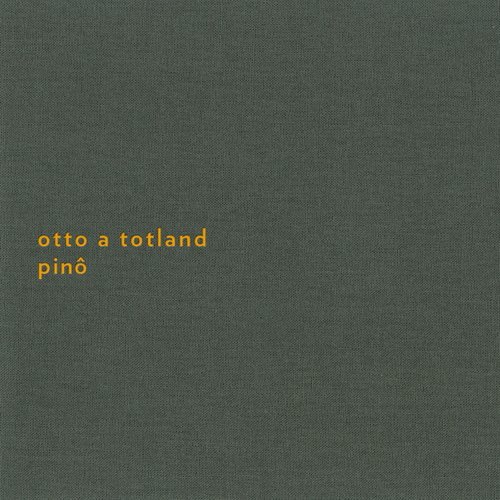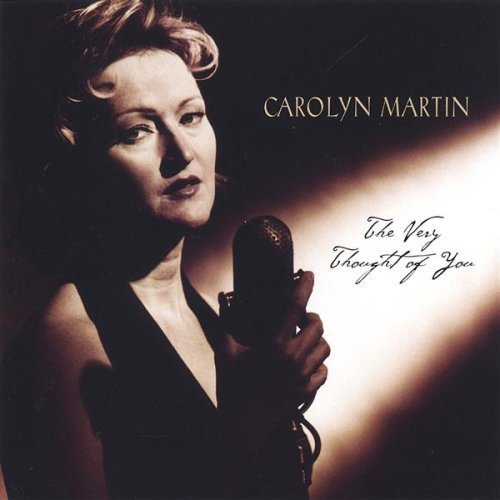Otto A Totland - Pino (2014)

Artist: Otto A Totland
Title: Pinô
Year Of Release: 2014
Label: Sonic Pieces
Genre: Contemporary, Modern Classical, Ambient
Quality: FLAC (tracks+.cue,log)
Total Time: 00:31:42
Total Size: 181 mb
WebSite: Album Preview
Tracklist:Title: Pinô
Year Of Release: 2014
Label: Sonic Pieces
Genre: Contemporary, Modern Classical, Ambient
Quality: FLAC (tracks+.cue,log)
Total Time: 00:31:42
Total Size: 181 mb
WebSite: Album Preview
01. Open [2:31]
02. Steps [1:52]
03. Oana [1:38]
04. Solêr [2:36]
05. Aquet [3:40]
06. Weltz [2:15]
07. Pinô [2:46]
08. Seveen [2:42]
09. Ro To [2:22]
10. North Way [2:14]
11. Julie [2:29]
12. Frost [1:59]
13. Bluss [2:07]
14. Flomé [3:00]
15. Âust [2:30]
16. Run [2:21]
17. Jonas [1:20]
18. Closer [2:14]
Deaf Center's reputation precedes this solo outing by Otto A Totland, who partners with Erik K Skodvin in the long-admired project, one typically characterized as dark ambient above all else. But anyone expecting unsettling soundscaping from Pinô, the first full-length release by Totland, will assuredly find such expectations challenged, to say the least; instead, the solo release presents eighteen concise piano settings whose overall mood is far sunnier than that of the average Deaf Center production.
Throughout the forty-three-minute album, Totland's fluttering notes whisper like the softest of utterances, the most delicate of brushstrokes. Elegant patterns ripple softly, and pauses are generously distributed within a given track. The album's pieces are marked by such a strong degree of unity that without too much difficulty one could regard it as a single, large-scale work of eighteen parts, and in some cases the transitions from one track to the next could go unnoticed in the absence of indexing and the pauses separating the pieces (e.g., the segue from “Seveen” to “Ro To”).
Parallels might justifiably be drawn between Totland and Nils Frahm, even if Totland's playing style is more minimal than Frahm's; where they're similar is in the intimate qualities of their music, how up-close to the musician's playing the listener is allowed to feel (in that regard, it's telling that Pinô's instrumentals were, in fact, recorded, mixed, and mastered at Durton Studios by none other than Frahm). The action of the piano keys is clearly audible, as is ambient hiss (especially pronounced in “Flomé”), in-studio noise (an errant cough even punctuates “Âust”), and additional real-world sounds, such as the crow caw that pierces the quietude of “Julie.” The ambient haze that blurs the piano's definition in “Aquet” suggests the piece could very well be Totland's homage to Harold Budd, given how much it evokes the sound of the latter.
Totland's music is at times irresistibly pretty, a perfect example of which is the gently lilting title track, and though Pinô exudes a general sense of melancholy, it's also an album of subtly varying moods, among them ruminative (“Solêr”), dreamy (“Bluss”), stately (“Seveen”), and even playful (“Jonas”); some pieces, such as “North Way,” appear to tell miniature stories, even if ones abstract in nature. In Deaf Center, Totland's piano contributions act as a welcome counterpoint to Skodvin's dark soundsculpting. Totland's solo outing, on the other hand, allows his playing to be heard in all its introspective glory.
Throughout the forty-three-minute album, Totland's fluttering notes whisper like the softest of utterances, the most delicate of brushstrokes. Elegant patterns ripple softly, and pauses are generously distributed within a given track. The album's pieces are marked by such a strong degree of unity that without too much difficulty one could regard it as a single, large-scale work of eighteen parts, and in some cases the transitions from one track to the next could go unnoticed in the absence of indexing and the pauses separating the pieces (e.g., the segue from “Seveen” to “Ro To”).
Parallels might justifiably be drawn between Totland and Nils Frahm, even if Totland's playing style is more minimal than Frahm's; where they're similar is in the intimate qualities of their music, how up-close to the musician's playing the listener is allowed to feel (in that regard, it's telling that Pinô's instrumentals were, in fact, recorded, mixed, and mastered at Durton Studios by none other than Frahm). The action of the piano keys is clearly audible, as is ambient hiss (especially pronounced in “Flomé”), in-studio noise (an errant cough even punctuates “Âust”), and additional real-world sounds, such as the crow caw that pierces the quietude of “Julie.” The ambient haze that blurs the piano's definition in “Aquet” suggests the piece could very well be Totland's homage to Harold Budd, given how much it evokes the sound of the latter.
Totland's music is at times irresistibly pretty, a perfect example of which is the gently lilting title track, and though Pinô exudes a general sense of melancholy, it's also an album of subtly varying moods, among them ruminative (“Solêr”), dreamy (“Bluss”), stately (“Seveen”), and even playful (“Jonas”); some pieces, such as “North Way,” appear to tell miniature stories, even if ones abstract in nature. In Deaf Center, Totland's piano contributions act as a welcome counterpoint to Skodvin's dark soundsculpting. Totland's solo outing, on the other hand, allows his playing to be heard in all its introspective glory.








